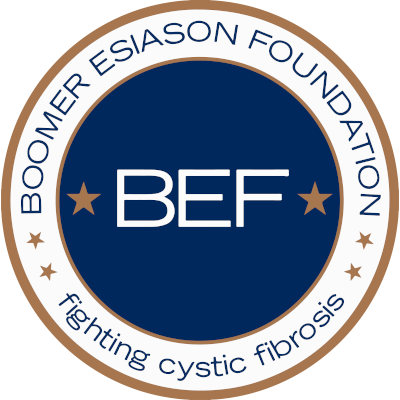Healthcare is a two-way street. Historically, the physician-patient dynamic has involved a power hierarchy, with physicians taking the lead in medical decision-making. In our modern day, with overburdened healthcare systems and overworked physicians, the need for an open, reciprocal dialogue between patients and physicians is more pressing than ever.
Shared decision making offers an opportunity for this type of exchange, allowing patients to effectively communicate their concerns and collaborate with their physicians on treatment plans. On the pathway to more holistic care, shared decision making is a powerful tool, cultivating empowered patient advocates and enabling physicians to deliver more individualized care.
While shared decision making has the potential to revolutionize healthcare, there are several barriers associated with this approach, including its time-consuming nature and the stress of decision-making for patients. Shared decision making relies on extensive discussions between patients and physicians, requiring time and space that many physicians and healthcare facilities lack. Additionally, decision-making can feel burdensome for patients, especially for those with limited health knowledge. Despite these barriers, shared decision making remains an advantageous approach. By implementing strategies, such as decision aids, and with frequent practice, shared decision making can be streamlined. In the long run, this model could save time by decreasing miscommunication between parties. Furthermore, shared decision making should empower, not burden patients, as it is a collaborative effort. When implemented correctly, this approach equips patients with the knowledge to take on healthcare-related tasks, while relying on their physicians’ expertise when decision-making becomes difficult or unclear.
Shared decision making has many positive effects, including fostering a strong physician-patient bond. As a patient, it is important to feel well supported by one’s healthcare team. When navigating a new diagnosis or acute hospitalization, having a person the patient can depend on is comforting. Shared decision making lays the groundwork for this type of relationship-building. Through this approach, patients and providers engage in discussions concerning all aspects of care, resulting in greater trust between parties. A strong patient-provider relationship not only has the ability to impact clinical outcomes but also goes a long way in the emotional well-being of the patient.
Additionally, shared decision making enables patients to be informed advocates. Learning is an active process. Through shared decision making, patients play an active role in their health journeys. By learning more about their condition and treatment options through discussions with their provider, patients are better equipped to advocate for themselves both inside and outside of the clinic. Additionally, shared decision making has the potential to lessen the burden of care transition, granting patients the knowledge and advocacy skills they need to better understand and articulate their health needs to a new care team.
Ultimately, shared decision making is an avenue towards more comprehensive and personalized care. By creating the space for open, honest discussion, shared decision making allows for a more holistic approach to care. Through conversation, patients can communicate their priorities, concerns, and questions to their providers. With this context and information, providers can more deliberately tailor their treatment plans, crafting regimens that patients are more willing, comfortable, and capable of following.
Catalyzing connection and advancing patient care, shared decision making is a framework that grants both the patient and physician a voice in healthcare matters. This collaborative approach encourages patients to take initiative in their healthcare decisions, leaving physicians with a better understanding of their patient’s priorities and goals. While physicians bring their medical training and expertise to the discussion, patients bring their everyday lived experiences managing medication protocols, therapies, and bouts of illness. Balancing these perspectives, shared decision making fosters thoughtful conversations, enabling the strategizing of practical and actionable next steps for care.
